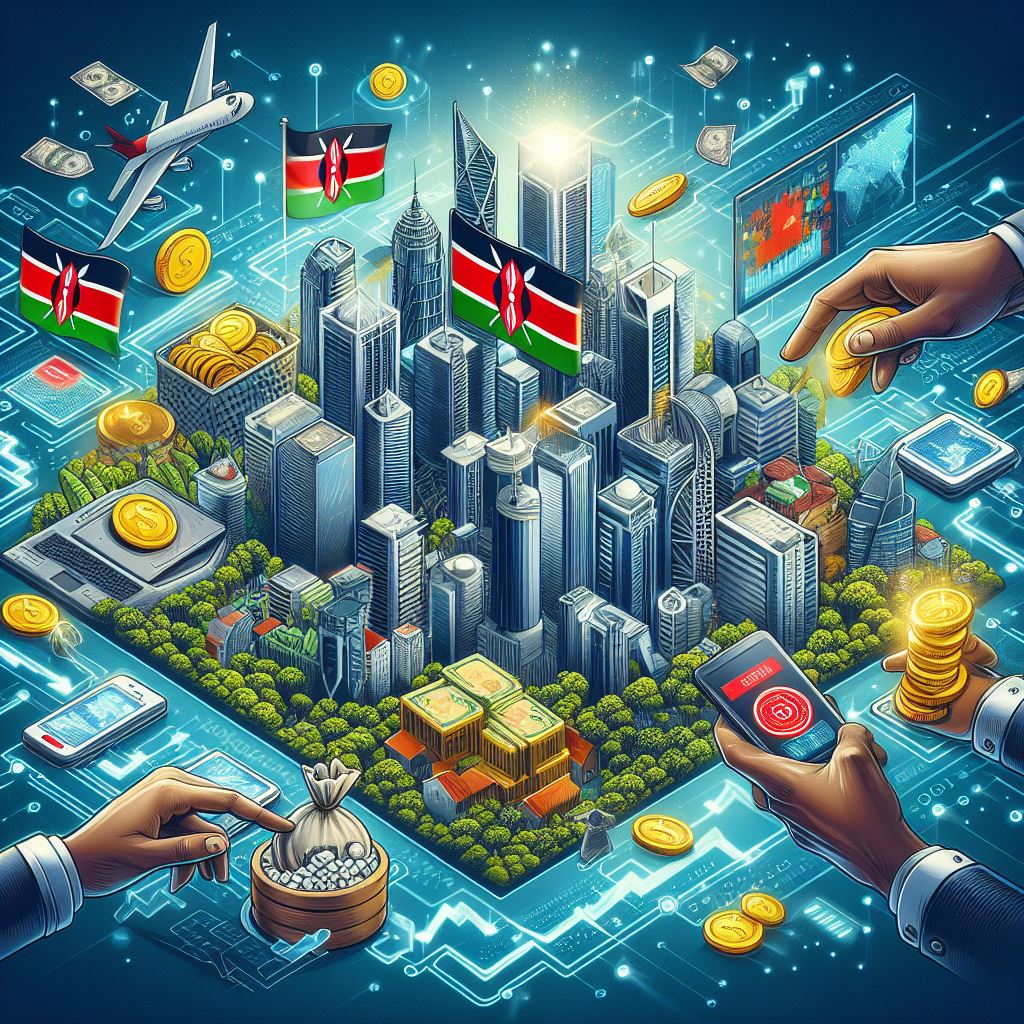Compelling communication combines dynamic tuning in, compassion, and clarity to construct solid connections. Within the advanced age, adjusting these aptitudes to virtual settings is basic for dodging errors and cultivating important associations. ..
Mastering the Art of Effective Communication in the Digital Age
Introduction
In our fast-paced world, communication has become more crucial than ever. Despite the wealth of tools, we have to connect with others instantly, true understanding remains a challenge. While messages may be sent in seconds, ensuring that they are understood, well-received, and free from misunderstandings requires a deeper mastery of communication skills. Effective communication extends beyond mere words—it’s about empathy, clarity, and the ability to read between the lines. In both personal and professional contexts, strong communication skills foster stronger relationships, more productive workplaces, and greater individual success. However, as digital communication dominates our interactions, new complexities arise. This article will delve into essential principles of communication and explore the strategies necessary to navigate today’s digital landscape successfully.
The Foundations of Effective Communication
At its center, successful communication depends on some immortal standards: dynamic tuning in, nonverbal signals, empathy, and clarity. Dynamic tuning in, one of the foremost imperative abilities, requires not as it were hearing the words but too paying consideration to tone, delays, and feelings behind the message. It includes completely locks in with the speaker, appearing intrigued in their perspective, and reacting keenly. Dynamic tuning in cultivates believe, making a difference individuals feel esteemed and caught on. In turn, this energizes open, legitimate communication, making more grounded, more positive associations.
Nonverbal prompts play a similarly noteworthy part. Specialists appraise that over half of communication is nonverbal, meaning motions, facial expressions, and body dialect talk volumes. These signals regularly give setting, uncovering feelings and eagerly that words alone may not express. For occurrence, a grin can communicate warmth and openness, whereas crossed arms may recommend protectiveness. Adjusting nonverbal communication with words fortifies believe and minimizes perplexity. In face-to-face conversations, nonverbal communication is significant, but it can be challenging to communicate in advanced intelligent, where video or content alone limits expression.
Sympathy is additionally central to successful communication. Sympathy goes past tuning in; it includes understanding another person's viewpoint, sentiments, and encounters. When communicators hone compassion, they make the other individual feel esteemed, regarded, and understood. This expertise is fundamental in settling clashes, as compassionate communicators can distinguish with the feelings at play, driving to way better compromises and arrangements. By advancing compassion, communication gets to be an instrument for building significant connections and facilitating troublesome circumstances.
At last, clarity is the foundation of viable communication. Clear communication guarantees that messages are clear, exact, and free from uncertainty. By centering on clarity, communicators can diminish mistaken assumptions and anticipate clashes. Particularly in proficient settings, where assignments and targets have to be passed on precisely, clarity permits group individuals to work cohesively toward shared objectives. As communication gets to be progressively advanced, where mistaken assumptions are common, the significance of clarity gets to be fundamental.
Challenges of Communication in the Digital Age
The improved communication has been made possible by the enhanced technology with the benefits of new technology being felt but at the same time introducing new forms of problems. Digital media especially social media platforms and instant messaging platforms have seen increase of instantly connectivity. However, such a kind of technology does not incorporate some facial and gesture details that are very much useful and essential in face-to-face interpersonal communication. This is quite a disadvantage because messages being passed cannot be backed by physical signs as in the case of postures, faces, and gestures. A directly intended simple message with no intention of negativity can be interpreted as brutally cold, sarcastic and even confrontational.
Also, such digital communication involves immediate and thus hasty rather than measured reactions. In addition, most of the online sites would prefer people to respond quickly and therefore come up with hasty words and might end up creating misconceptions. In particular, social media contributes the rapid and wide dissemination of messages that create a necessary precondition for improper interpretation. Consequently, online disputes are likely to become rather aggressive and may harm friendly relations between people, or even reputations. People are not shy when using keyboards and do inappropriate things to others or deliver wrong messages that lead to misunderstandings.
Another challenge postured by computerized communication is the propensity for data over-burden. With notices always competing for consideration, individuals are frequently assaulted by messages, which can make it troublesome to center on each discussion completely. This fracture can weaken the quality of communication, as individuals may skim messages rather than giving them the cautious consideration they merit. Computerized communication can moreover obscure the boundaries between work and individual life, making stretch and complicating communication encourage.
Strategies for Effective Digital Communication
However, there are some factors that should become the focus and enhance digital communication and support the sending of meaningful messages. The first is being deliberate when sending out every message one receives. Opposed to typical in-person, often informal, interactions, messages, sent and received in digital communication media can be read multiple times, so those creating messages must consider their replies and make sure the messages’ contents are unambiguous. This is perhaps to avoid all sorts of misunderstanding that are as a result of hasty messages that are sent to the other party without having gone through a proofreading process. Elements such as key message, no using of complex terms and keeping the message simple and logically also improves on vital messages.
The last important method is choosing the right medium for each message. Notably, the kind of communication that an organization uses dictates the platform it should use. For instance, video calls are more appropriate than the normal ones in that they are suitable in situations where the tone of utterances is important besides gestures. On the other hand, emails are more appropriate whenever specific, official information needs to be conveyed as information can be reviewed by the recipient at his/her leisure. Texting as a form of communication is quite suitable when used for passing short and casual communications. Selecting the right media is a sign of respect to the recipient’s time as well as choosing the right medium is about delivering the message right.
It remains important to be as empathetic to the other person you are interacting with online as would it be in an interpersonal interaction. In any written communication where it may not be very easy to convey an empathetic message, one needs to think about the words being used and ensure such words are positive and warm then, respect the emotions or opinion of the receiver. Little things like how they address the recipient in the email and how they sign off the email or whether they enquire about the health of the recipient and many more can go a long way to make the whole difference. In the age of social distancing, even electronic communications can be enhanced just by addressing the recipient or using his or her name in the message.
Building Strong Relationships through Communication
Interpersonal communication is therefore a process of creating, maintaining and regulating social relations in that it lays the basis for trust and for respecting other people. The consequent sense of empathy and closeness which are afforded by a culture of open and truthful communication are ideal in personal relationships. Such honesty helps in developing trust making it easier to overcome most of these challenges. In most aspects of a relationship conflict resolution mainly depends on effective communication of the individuals, and that conflicts are dealt with as they arise and the two people involved seek a solution. By paying attention to a counterpart and mimicking their feelings, one can avoid petty problems become big problems.
In the working world, proper communication is crucial in all parts of an organization’s functioning since people work in groups and rely on each other. It is important since it makes it easy to produce communication that is clear to everyone and thus understand the different roles, responsibilities and expectations of different people. When leaders use good communication, they tend to influence their followers with trust hence encouraging the followers to be open in the team. Wherever communication is considered meaningful in a workplace, employees are more productive, energetic, and thanked. It all ultimately leads to improved job satisfaction as well as enhanced working relationship and hence harmony in the workplace.
The Role of Feedback in Communication
Criticism may be a capable communication apparatus, making a difference people recognize their qualities and distinguish regions for change. In individual and proficient settings, criticism can upgrade self-awareness, cultivate development, and construct more grounded connections. Useful input, given mindfully, gives experiences that advance enhancement. For illustration, in proficient settings, viable criticism can improve representative execution and contribute to career advancement. Additionally, in individual connections, sharing input approximately sentiments, activities, or propensities can fortify bonds by advancing understanding.
Giving input requires a adjust of honesty and affectability. Centering on particular behaviors instead of making individual judgments makes a difference guarantee that the input is valuable and well-received. When giving input carefully, where messages can need tone and subtlety, it is particularly imperative to select words carefully to dodge sounding excessively basic. On the other hand, getting input requires a development attitude and an eagerness to memorize. Individuals who grasp criticism as an apparatus for development are more likely to move forward their communication abilities and construct important connections over time.
Navigating Cultural and Generational Differences in Communication
Since the world is fast becoming a global village and more companies and individuals carry out their communication across the world, it is now very crucial to consider such factors like culture and generation in the communication process. There is the reason to suggest that cultural norms definitely determine the choice of communication patterns and ways people decays messages. For instance, some cultures hold assertiveness in high esteem, whereas others could furiously frown at assertiveness. Failure to grasp these distinctions results to misunderstandings, misunderstandings and even offenses. Outcomes of this type of knowledge are similar to those that are mentioned in the previous point, namely, better understanding of cultural aspects of communication and, thus, improvement of intercultural communication.
Inter-generational differences also come out clearly in terms of communication preferences. Thus, while senior citizens, for instance, may consider it is more appropriate to talk with someone in person, young people may consider that texting is a better option. Acceptance and appreciation of such preferences make the flow of communications more pleasant since both parties respect each other’s preferences. These findings highlight the potential need for organizations to also develop more flexibility and tolerate different perspectives between developing and developed generations/countries in order to effectively implement transcendent leadership.
Conclusion
As innovation proceeds to shape our world, acing communication aptitudes has ended up basic for individual and proficient victory. By following to crucial standards like dynamic tuning in, sympathy, clarity, and valuable criticism, we are able explore the complexities of advanced communication whereas fortifying our connections. Whether we are collaboration face-to-face or through a screen, viable communication remains the key to cultivating understanding, settling clashes, and making significant associations. As we proceed to grasp the openings and challenges of the advanced age, improving our communication abilities will engage us to flourish in an associated, fast-paced world.


























